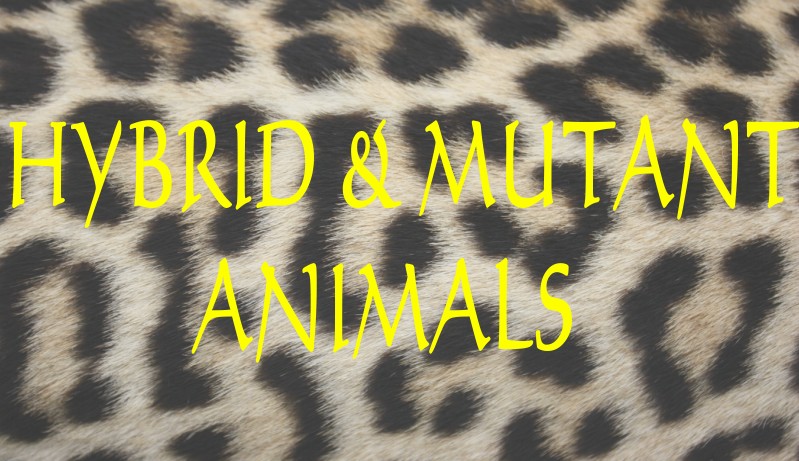

WHY ARE LIGERS SO MUCH BIGGER THAN TIGONS?
The large size of the liger and small size of the tigon is due to "genomic imprinting" - the unequal expression of genes depending on parent of origin i.e. whether certain growth genes are inherited from the male or the female. This is linked to the species' lifestyle and breeding strategy - whether the female mates with only one male while in heat (non-competitive) or whether she mates with many males (competitive). This results in "growth dysplasia". The following explanation is greatly simplified as a number of other genes are contributed unequally by the male and female parents and also affect the general health and longevity of the offspring.
Lions live in prides led by several adult males. The lionesses mate with each of those males. Each male wants his offspring to be the ones to survive, but the female's genes want multiple offspring to survive. The father's genes promote size of the offspring to ensure that his offspring out-compete any other offspring in the womb at the same time. Genes from the female inhibit growth to ensure that as many offspring as possible survive and that they all have an equal chance. By contrast, tigers are largely solitary and a female on heat normally only mates with one male. There is no competition for space in the womb so the male tiger's genes do not need to promote larger offspring. There is therefore no need for the female to compensate, so the offspring's growth goes uninhibited.
When a male lion mates with a tigress, his genes promote large offspring because lions are adapted to a competitive breeding strategy. The tigress does not inhibit the growth because she is adapted to a non-competitive strategy. Therefore the offspring (liger) grows larger and stronger than either parent because the effects do not cancel each other out. Ligers take several years to reach full adult size, but it is a myth that ligers never stop growing.
When a male tiger mates with a lioness, his genes are not promoting large growth of the offspring because he is adapted to a non-competitive breeding strategy. However, the lioness is adapted to a competitive strategy and her genes inhibit the growth of the offspring. This uneven match means that the offspring (tigons) are often smaller and less robust than either parent.
Growth dysplasia has other effects: the size of the placenta may be affected (causing miscarriage), the embryo may be aborted at an early stage due to abnormal growth, the cub may be stillborn or may only survive a few days. In some rodents, mating Species A males with Species B females produces offspring half normal size, but mating Species B males with Species A females cause the offspring to be aborted as they try to grow to several times the normal size.
Because of the impossibility of a gene being inherited from only females, there is a competing hypothesis. This hypothesis (allthough not tested) is that the Lion's sperm is damaged somehow during fertilization and that a growth inhibiting gene is typically destroyed. It is impossible for a gene carried on a chromosomes to be passed along only from the mother. The reason for this is there are no chromosomes that only a female can have. Female Tigons and Female Ligers both possess a tiger X chromosme and a lion X chromosome, yet only the female Ligers will grow large, this means something must happen to either alter the genes or that the cause of the growth dysplasia lies at least partially outside of the genes.
Another possible hypothesis is that the growth dysplasia results from the interaction between lion genes and tiger womb enviroment. The tiger produces a hormone that sets the fetal Liger on a pattern of growth that does not end throughout his life. The hormonal hypothesis is that the cause of the male Liger's growth is his sterility - essentially, the male liger remains in the pre-pubertal growth phase. This is not upheld by behavioural evidence - despite being sterile, many male ligers become sexually mature and mate with females. In addition, female ligers also attain great size but are fertile.
Textual content is licensed under the GFDL.